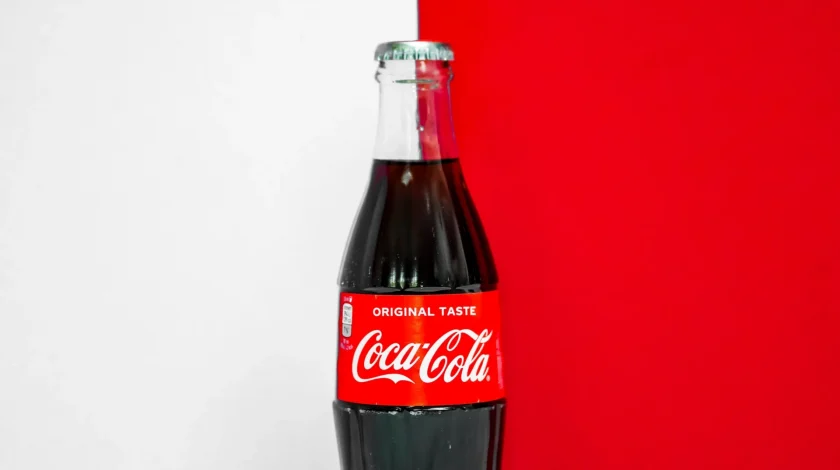Legal protection for shape trademarks has grown more attainable for Australian trade mark owners. Many iconic shapes have been successfully registered as trade marks, including the Sydney Opera House sails and the three-dimensional triangles of Toblerone.
Trade mark registration offers many benefits to business owners, that derive from the statutory monopoly which registration provides.
What are shape trade marks?
The Trade Marks Act 1995 (Cth) (the Act) defines a trade mark as “a sign used, or intended to be used, to distinguish goods or services…” from others of its kind. The definition of ‘sign‘ within the Act includes aspects of packaging, colour, sounds, smells and shapes. Accordingly, a shape may be registrable as a trade mark if it meets certain criteria.
The Federal Court decision of Coca-Cola Company v PepsiCo Inc & Ors (No 2) [2014] FCA 1287 demonstrated both the value and difficulty of registering shape trademarks. The Court showed a readiness to recognise that shapes do function as trade marks, even if they also serve a functional purpose. Since 1937, Coca-Cola has registered four different shape trade marks for the outline and shape of their bottle.
In practical terms this means that third parties cannot create or publish any form of branding which incorporates the image of the Opera House sails, or confectionary which looks like the Toblerone triangles. The trade mark owner can rely on registration of its shape trade mark to prevent the infringing conduct from continuing, without having to prove reputation or damage.
What is required by the Regulations for the registration of shape trade marks?
The shape must be capable of being distinguished.
The test for whether a shape is capable of being distinguished was developed by the High Court of Australia in the Barrier Cream case[1]. This case considers whether the shape is one which other traders are likely, in the ordinary course of their business and without any improper motive, to desire to use upon, or in connection with, their goods.
The difficulty in satisfying this test, even where an applicant can present evidence of consumer recognition, was demonstrated in Chocolaterie Guylian N.V. v Registrar of Trade Marks [2009] FCA 891. In that case, the Federal Court found that the seahorse and seashell shapes of Guylian’s chocolates were not distinctive, and instead, generic, noting that other manufacturers might want to use the shape in marine themed chocolates.
Commonality
Generally, any shape common for the type of goods at issue is unlikely to be registrable, as there is a strong likelihood that shape, or configuration, would need to be used by other traders. For example, a wine bottle is commonplace for most wine.
Functionality
Where a shape has notable functional features, it is likely that other traders would want to use that shape for similar goods. This can be determined by whether the shape is essential for use or purpose, or to achieve a particular result, or if the shape has an advantage resulting in superior performance or a simple, cheap method of manufacture.
Aesthetics
If a product is built with an aesthetic purpose in mind, then it is unlikely aesthetic shapes could indicate brand origin and thus meet the registration requirements for a three-dimensional trade mark.
Shapes and invention
The presumption of registrability applies when the Registrar is not satisfied that any grounds for rejecting a trade mark application exist. If this is the case, the application must be accepted for registration provided it otherwise complies with the Act and Regulations.
This principle was established in the Federal Court case Kenman Kandy Australia Pty Ltd v Registrar of Trade Marks [2002] FCAFC 273. The shape of the millennium bug chocolate, although of a bug, was a shape that was new, concocted, and fanciful, not representing a real bug in real life. Effectively the decision acknowledged that a shape was capable of functioning as a trade mark in the same way that words or symbols applied to goods have done for many years. The case confirmed that as with all trade marks, a shape must be considered in the context of the market in which it exists, and a decision must be made on its ability to distinguish, using the usual tests.
Shape or aspect of packaging
This element requires the same considerations as to functionality and capability to distinguish.
A significant prerequisite to achieve registration of a shape trade mark is that the shape should, on its own, distinguish the product, without the addition of any other element, including words, or other related trade marks.
RB (Hygiene Home) Australia Pty Ltd v Henkel Australia Pty Ltd [2022] FCA 1042, is a case involving FINISH brand dishwasher tablets that confirmed the presence of branding on, or in combination with, the shape can hinder an application.
RB Australia sells FINISH dishwashing tablets and Gelcaps. Henkel wished to establish its SOMAT Excellence Gelcap under a similar logo. The court found that this depiction did not constitute use of RB Australia’s trademarks as the designating trade of origin of the registered shape trademarks they sought to protect were performed by other trade marks present such as the ‘FINISH POWERBALL’ logo.
This case demonstrates how difficult it can be to enforce shape marks and establish that the mark has been ‘used as a trade mark’ when it is typically surrounded by other marks that provide strong brand cues. Actions you can take now.
We recommend that manufacturers review their product lines to see if any shapes could, or should, be protected. The shape should, on its own, be a unique identifier of your goods or services.
Trade mark applications may also rely on colour and packaging aspects, as well as the shape itself. An application for a shape trade mark should include a drawing that clearly represents the three-dimensional objects, whether in the form of perspective or isometric representations. Isometric representations are a method of visually representing three-dimensional objects in two dimensions. A written description must accompany these representations and specify what the trade mark is, any relevant details such as proportions and measurements. Together, these should clearly define the scope of your trade mark.
You may also consider overseas protection. Many overseas jurisdictions offer protection to shape trade marks.
How can we help?
If you would like to know more about the registrability of shape trade marks, contact a member of Coleman Greig’s Commercial team who would be more than happy to assist you.
This material is provided by Coleman Greig Lawyers as general information only in summary form on legal topics current at the time of first publication. The contents do not constitute legal advice and should not be relied upon as such. Formal legal advice should be sought in particular matters.
[1] F.H. Faulding & Son Ltd v Imperial Chemical Industries of Australia and New Zealand Ltd, (the Barrier Cream case (1965) 112 CLR 537 at 555.














